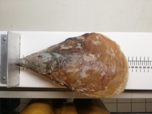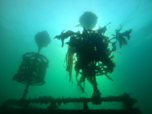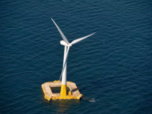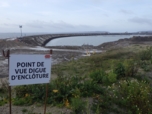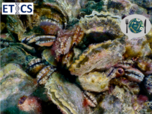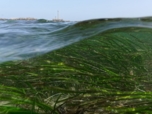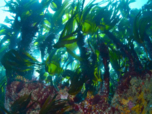Theme 1: Understanding functional roles and patterns in benthic biodiversity
Describing and understanding patterns in biodiversity starts with the ability to build an inventory of macrobenthic organisms, from their sampling to their identification. This is a necessary stage in the development of functional approaches, that aim to determine community functional roles, or to explain how the physical environment (i.e. climatic, hydrographic, or sedimentary patterns) shape communities and their distribution.
Biodiversity is assessed through complimentary approaches: structural diversity, which looks at the number of species as well as certain morphological or genetic criteria (metabarcoding and high-throuput sequencing), and functional diversity, which aims to group species according to traits directly related to their morphology, biology or ecology. These traits are proxies of ecological functions such as biomass fluxes, sediment reworking or the capacity to resist a pressure. Some ecological traits can also be measured directly, for example through measuring gas fluxes (oxygen or different nitrogen forms) within mesocosms.
Trophic markers such as stable isotopes (C, N and S) are a way of apprehending benthic community function and structure. Our team has developped an expertise in describing inter-specific trophic relations, quantifying sources of community organic matter and developing functional diversity indicators based on the distribution of isotopic compositions within a given space.
Broad-scale observations and experiments allow us to tackle biogeographic questions. These are essential for understanding which factors explain observed trends in diversity, from the composition of species assemblages to the variation in biological and morphological traits in model species.







